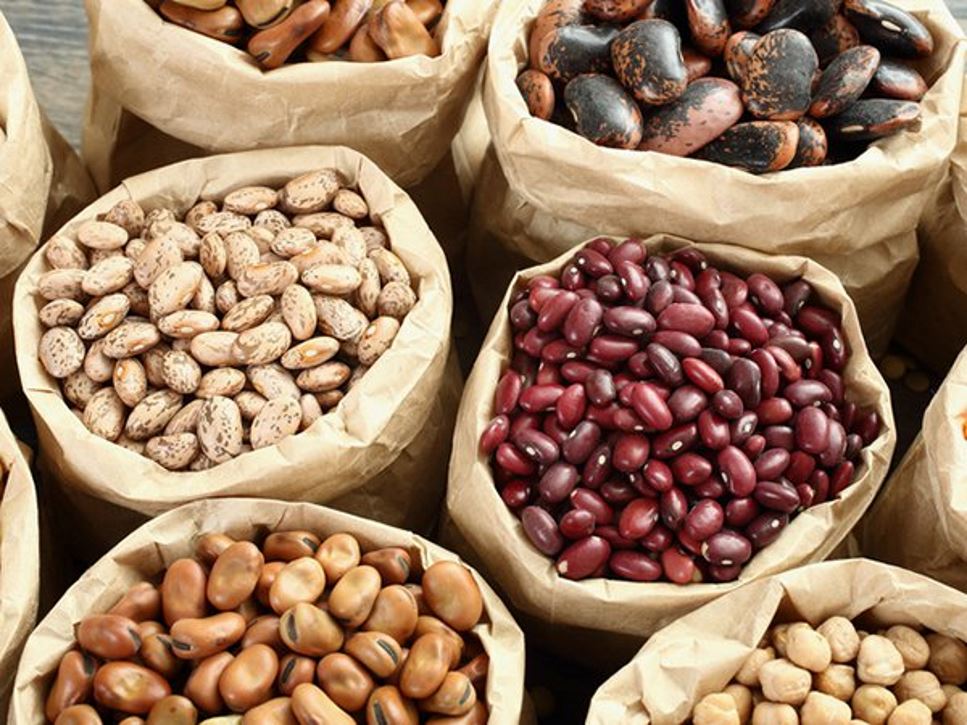Iron is a mineral. In the human body, its main purpose is to transport oxygen in red blood cells throughout the body. This allows the body's cells to produce energy. Iron also helps remove carbon dioxide. When the body's iron stores become too low, red blood cells can't carry oxygen efficiently. This is known as iron deficiency anemia.
When iron levels are low, fatigue, weakness and difficulty maintaining body temperature may result. Other symptoms may include:
- Pale skin
- Brittle or spoon-shaped fingernails
- Dizziness
- Headache
- Inflamed, swollen tongue
Who Is at Risk of Iron Deficiency?
Even though iron is widely available in food, some people may not get the amount they need on a daily basis. Groups that often struggle to meet their iron needs include young children and women who are pregnant or capable of becoming pregnant. A health care provider can assess iron status and determine if changes in diet or supplements are needed.
Babies need iron for brain development and growth. They store enough iron for the first four to six months of life. After six months, their need for iron increases. When baby is developmentally ready for solid foods, iron-rich sources are encouraged. Some babies may need an iron supplement before complementary foods are introduced. Your child's pediatrician can help determine if a supplement is needed.
How Much Iron Do I Need?
How much iron do you need? Our bodies have some flexibility to absorb more or less iron depending on what it needs. However, consuming too much or too little iron can have negative health effects. Aim for the following recommendations to help you meet your needs:
References
| Age | Recommended Dietary Allowance (RDA) for Iron |
|---|---|
| 7 to 12 months | 11 mg |
| 1 to 3 years | 7 mg |
| 4 to 8 years | 10 mg |
| 9 to 13 years | 8 mg |
| 14 to 18 years (males) | 11 mg |
| 14 to 18 years (females) | 15 mg |
| 19 to 50 years (males) | 8 mg |
| 19 to 50 years (females) | 18 mg |
| 51 years and older | 8 mg |
Iron needs also are higher during pregnancy. Individuals who are pregnant require 27 mg of iron per day.
Food Sources of Iron
Iron is available in two forms: heme and non-heme. Animal foods such as meat, seafood and poultry provide both types and are better absorbed by the body. Non-heme iron is found in plant foods, such as spinach, beans and many grain products. To increase the absorption of iron from plant sources, combine them with a source of vitamin C, such as citrus fruits, kiwi, strawberries or bell peppers.
References
Find a Nutrition Expert
Looking for credible nutrition information and recommendations? The Academy of Nutrition and Dietetics' network of credentialed food and nutrition practitioners are ready to help!

